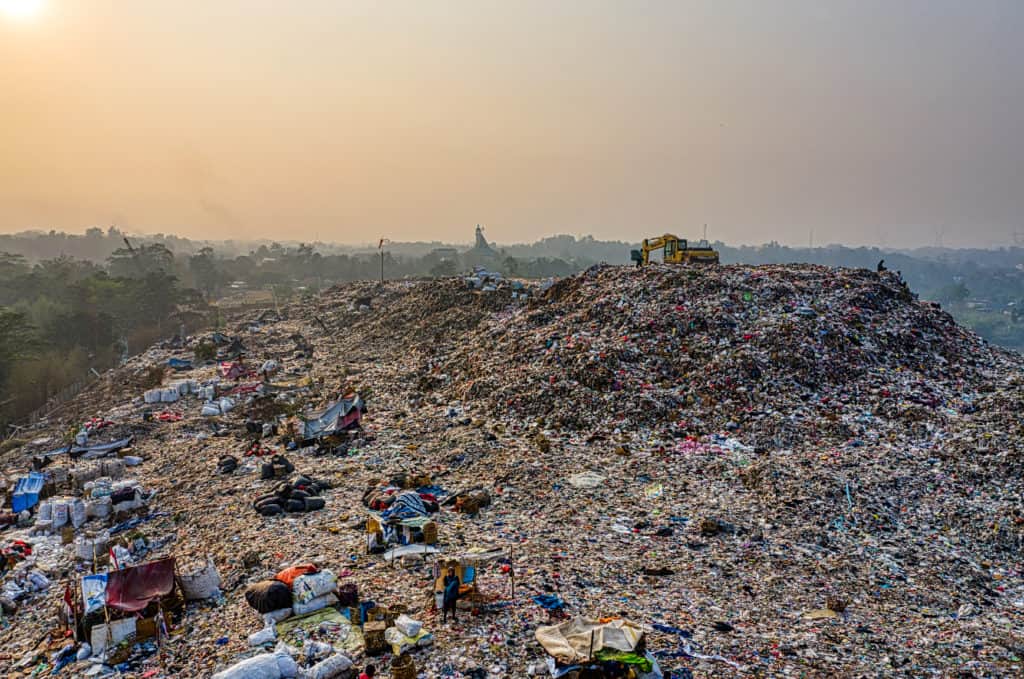Is Recycling Really Good?
Recently, I was researching “HOW TO REDUCE RECYCLING WASTE.” What I learned caused me to ask myself the question, “Is recycling really a good thing?”
It turns out that while recycling is good, it is actually better to buy products with less packaging that needs to be recycled. By reducing how much recyclable waste we generate, we would then reduce the amount of energy and resources required to convert it into a reusable material.
recycling as clutter
Have you experienced recycling clutter piling up in your house? The accumulation of recycling materials are actually one of the top 5 causes of daily clutter in our homes!
I learned this quickly after I lost the use of my home and had to move into a three-story rental (See my story here.) I no longer had my one-story ranch house with a convenient back door leading to that big blue recycling bin. I now had to drag my trash and recycling bags down two flights of stairs.
As a result of this newfound problem of accumulated boxes, bottles, and jars, I started researching how to reduce recycling clutter. Here’s what I discovered.
What Is Recycling Anyway?
The Definition Of Recycling:
Recycling – noun
waste material set aside to be recycled.
The action or process of converting waste into reusable material
After we toss our waste into recycling bins, we just might think everything will be fine. We’ve done our part, right? But it’s not that simple. It’s not a bowl of cherries, folks! It’s more like the pits!

Have you heard of aspirational recycling?
We’ve been well-trained and tossing stuff into the recycling bin makes us feel good. We feel like we’re doing our part by being good stewards of the planet. But, what you probably don’t know is that we feel better, psychologically, when we choose the recycling bin, even if we’re not sure the item is recyclable.
It is such a huge problem that the garbage industry created a label for it: Aspirational Recycling
-Much of what we throw into the recycling bin is not recyclable, like pizza boxes.
Aspirational recycling is a huge cause of contamination and can ruin entire loads of recyclables at the facility. It creates more work and problems for recycling centers and, as a result, more recyclables end up in landfills.
The recycling industry is trying to teach people that if they’re not sure, it is better to toss waste into the trash bin than to contaminate recyclables. They’re teaching a new motto: WHEN IN DOUBT, TOSS IT OUT!
Problem: Recycling is a commodities market
Did you know that there’s no guarantee that the stuff you toss into your recycling bin will actually be recycled? Believe it or not, cities have to sell the recyclable plastics that they collect. You guessed it! Sometimes they can’t find a buyer.
In fact, only plastic that has a 1 or a 2 stamped on the bottom has a good chance of being purchased because it is better quality plastic. Worse yet, plastic labeled 3-17 has a negative market value. That means that cities actually have to pay someone to take it off of their hands.
Additionally, sorry to tell you, those tiny items won’t get recycled at all because they will most likely fall through the machinery.
–RECYCLING PLANTS ARE FILLING UP FASTER THAN WE CAN MANAGE.
–A LOT OF RECYCLING MATERIALS END UP IN LANDFILLS AND IN THE OCEAN.
After learning about what actually happens to recycled waste, you can see why it is better for us all to reduce our consumption. There are many things we can do in our homes to REDUCE the amount of recyclable waste that we generate.
What you can do
THE BEST THING YOU CAN DO IS TO REDUCE THE AMOUNT OF PACKAGING THAT YOU BRING INTO YOUR HOME. CHANGE STARTS WITH AWARENESS AND MINDSET.
HERE ARE SOME OTHER IDEAS:
- Learn about shopping at grocery stores that have a bulk bin section – This will decrease the packaging that you bring home.
- Buy from local bakeries or grocery store bakeries (bring your own bags) – Reduces plastic packaging.
- Shop at your local farmer’s market (bring your own bags) – Reduces packaging.
- Stop buying single-serve food items – You will have less packaging to recycle.
- Purchase everything else in glass, cans, or cardboard – These are categories that are more easily processed.
- Ditch plastics – Plastics are not all equally recyclable. Using less means less will end up in processing plants and landfills.
- CHECK WITH YOUR CITY’S WASTE MANAGEMENT PROGRAM
- Learn about how your city manages trash and recycling
- Find out what type of recycling they accept (for plastics, there is a number on the bottom) so that you can sort your recycling waste properly
- Find out if they allow soiled recycling materials or if you have to rinse before tossing them into the bin so that you don’t contaminate the rest of the load.
REPLACE DISPOSABLE PRODUCTS WITH REUSABLE PRODUCTS – This will reduce the number of materials that need processing. Think about replacing :
- Cloth towels instead of paper towels,
- Cloth napkins instead of paper napkins
- Cloth grocery bags instead of plastic grocery bags
- Cloth vegetable bags instead of thin plastic produce bags
- Good quality reusable water bottles instead of single-use plastic water bottles
- Portable coffee cups instead of throwaway cups (Starbucks will comply plus give a 10% discount)
- Glass and stainless steel containers for food storage instead of plastic wrap/bags
-
Imagine how much less you’ll be gathering and throwing into the recycling bin!
CONSIDER TAKING A FIELD TRIP OR TOUR OF YOUR CITY’S WASTE MANAGEMENT FACILITY
- This can be extremely enlightening. You can learn a lot, and if you have kids, they can learn and get involved at home. This could also be a bonding experience for you, your kids, and the environment.
Conclusion
Well, thank you for reading this blog post. I hope that you’ll consider what you’ve learned here and hop on board to change the future of our world. Peace.
